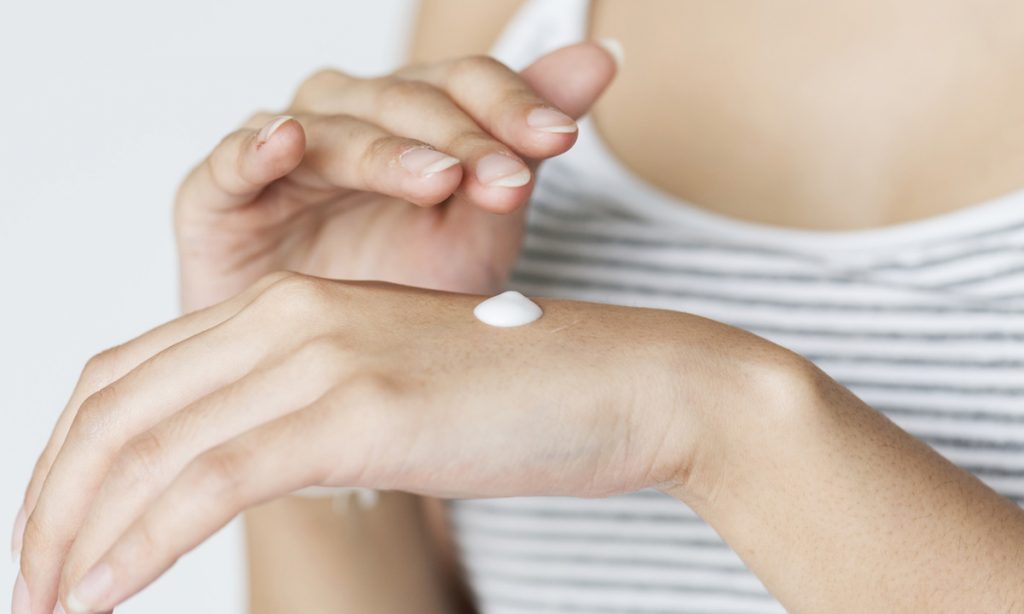What’s next for rheumatoid arthritis and cannabis?
Arthritis often causes a dramatic lifestyle change that’s accompanied by depression and/or anxiety. But that doesn’t have to be the case.
One-and-a-half million people in the United States suffer from rheumatoid arthritis (RA). In fact, The Arthritis Foundation estimates that three times as many women as men have the disease and it affects individuals of all ages, but primarily women ages 30 to 60.
Commonly affecting the hands and feet of the body, RA is considered an autoimmune disease, where the body attacks joints, leading to inflammation and pain as well as a loss of motion. With a diagnosis comes a rapidly-changing lifestyle, often causing activities and hobbies that were once loved and now off-limits. Through stories on the National Rheumatoid Arthritis Society website, many individuals have shared that arthritis has caused a dramatic lifestyle change that’s often accompanied by depression and anxiety. But that doesn’t have to be the case.
Changing perceptions around cannabis with arthritis
With patients young and old experiencing the debilitating effects of rheumatoid arthritis, individuals like Pearl Schomburg are advocating for doctors to mention the effects of cannabis in office. Pearl explained to Newshub, “Cannabis balm was the first thing I discovered and was shocked by how well it worked.” The Arthritis Foundation recently shared information about CBD and marijuana on their website to educate patients around its use. Recognizing the potential to treat both inflammation and pain, they advise to always discuss CBD and cannabis with your care team and make sure to contact the manufacturer to see proof of a third-party analysis for purity.

Promising new studies on CBD and cannabis in treating RA
In a 2018 study published by the U.S. National Library of Medicine, researchers found that terpenoids, which exist in cannabis, offer anti-inflammatory properties, but didn’t offer as much relief as purified CBD. Often used in chronic inflammation and for pain, purified CBD offered better relief in the study over other mixtures, including CBD.
Psoriasis, a condition where cells build on top of the skin and cause pain and redness, is often coupled with RA and offers treatment that can be very expensive. John S. from Minneapolis explained that his medicine came in the form of a shot billed to insurance at $60,000 each year creating a debilitating pattern of relying on pharmaceutical medicine that is often inaccessible. Would he explore CBD and cannabis? He explained, “It’s been on my mind; a year ago, I wouldn’t have even thought about integrating CBD, now I’m looking at reviews online.” In fact, MedicalNewsToday cited 2016 research that suggested that cannabinoids offered benefits to individuals with psoriasis.
New uses on the horizon
With the market ever-changing, not only are tinctures available, but patches as well. In 2016, a study found that placing CBD on the body in a topical fashion offered some relief for pain and inflammation over other methods. CBD comes in many forms, including:
- Topicals: Creams, patches, balms and lotions applied directly to the skin
- Edibles: Food and drink-related CBD and THC-infused items that are consumed by mouth
- Vapes: Oil that is heated and inhaled into the lungs
- Tinctures: Drops taken by mouth with or without flavor
- Dissolvables: Fairly new to the market, bath bombs are infused with CBD to help with relaxation and healing
As the cost of medicine continues to rise, CBD and cannabis offer a more affordable solution to many experiencing the effects of RA, inflammation and psoriasis.
House of Cannabis, a new pot shop in Twisp, WA, is seeing a steady increase (about 52%) of customers coming in aged 50 and older. Mainly focused on pain relief, House of Cannabis has been both startled and empowered by the number of older adults coming in for the first time. “Arthritis is probably the most common issue people are dealing with in their hands, back and legs,” shared Cindy Knutson, the retailer’s general manager and state-certified medical cannabis consultant. “We’re seeing a shift in mindsets and the market,” Knutson continued, notating that adults who typically wouldn’t have spoken about cannabis or CBD are now sharing with their friends.




